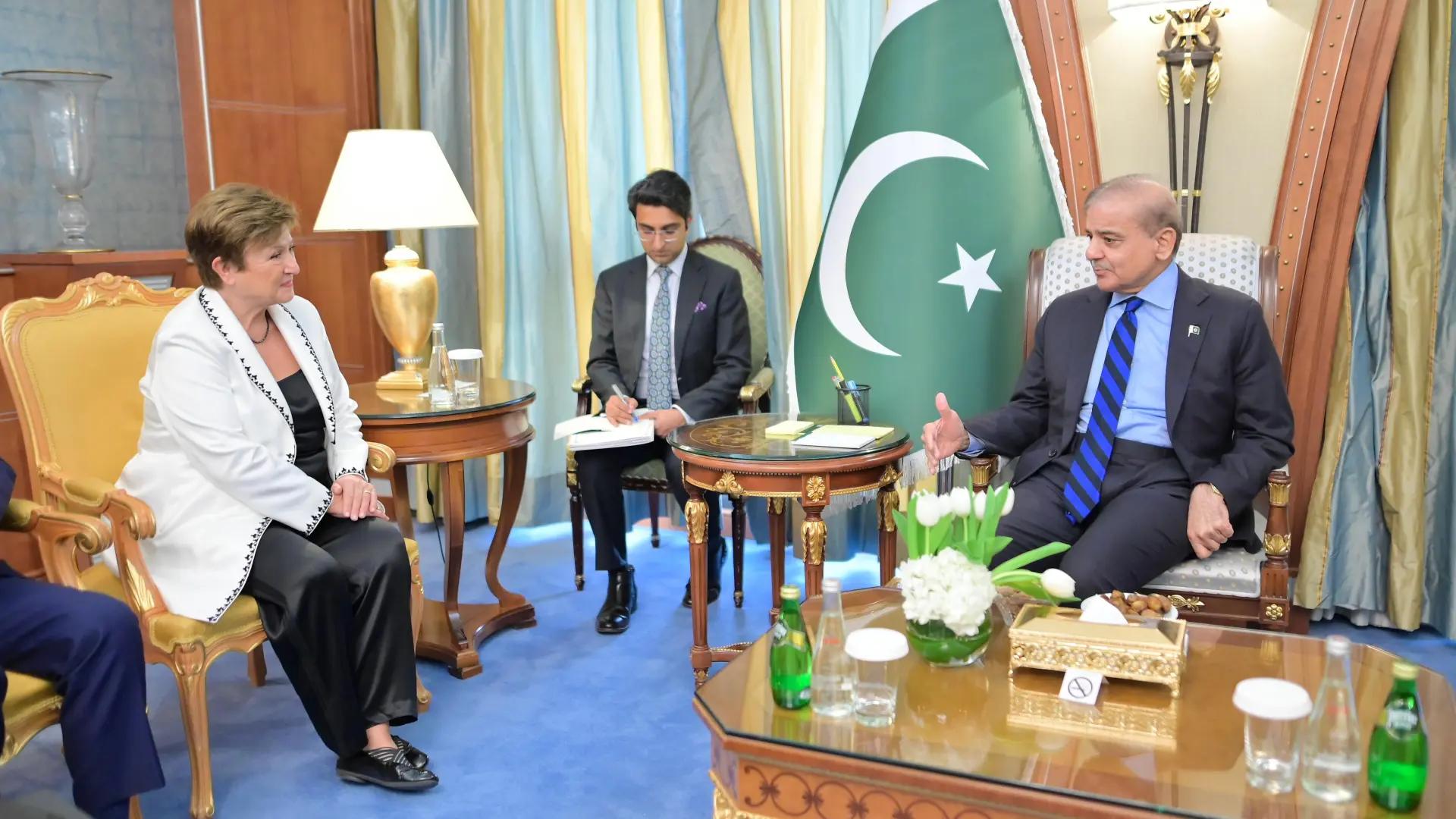About Us
Contact Us
Advertise With Us
Disclaimer
Privacy Policy
Terms & Conditions
Copyright © 2024 - BoldDiscussions.com

The International Monetary Fund (IMF) finally delivered the last chunk of a $3 billion loan to Pakistan, a much-needed financial boost for the cash-strapped nation. This final tranche of $1.1 billion marks the completion of the second bailout package Pakistan received.
So, what does this mean for Pakistan?
Think of it like a friend giving you a loan to get back on your feet. The IMF is hoping this money will help Pakistan stabilize its economy and reduce its debt burden.
But it's not all sunshine and rainbows.
Pakistan has a long history of struggling with its finances. This is actually the third bailout package it's received in the past decade. While the IMF money is helpful, it comes with strings attached.
Here's the breakdown:
What's Next?
Pakistan is already looking for another loan, this time a longer-term one, to address its deeper economic issues. The goal is to achieve sustainable growth and reduce reliance on foreign aid.
So, will this latest IMF loan be the magic bullet Pakistan needs? Time will tell. While it provides immediate financial relief, it's crucial for Pakistan to implement long-term economic reforms to truly break free from the cycle of debt and instability.
Remember: This is a simplified version of the original article, focusing on key points and avoiding overly technical jargon. It maintains a neutral tone while acknowledging both the positive and negative aspects of the situation.
Disclaimer.
This article provides information only and should not be construed as advice. It is provided without warranty of any kind. Also please note that content on this platform may be subject to copyrighted material. If you believe we have used your content in any way then please get in touch with us. We will take down your content immediately.
Share This Post




BOLDDISCUSSIONS
We Produce Content That informs, Educates And Entertains People Around The World to stay updated on every topic with confidence.
Copyright © 2024 – BoldDiscussions.com

